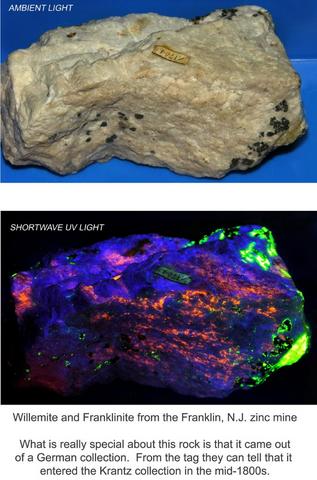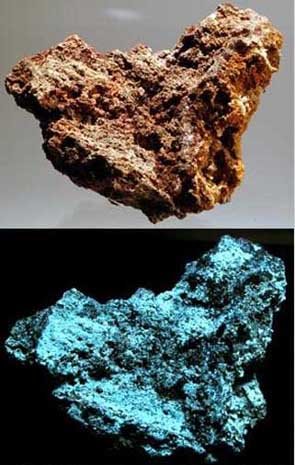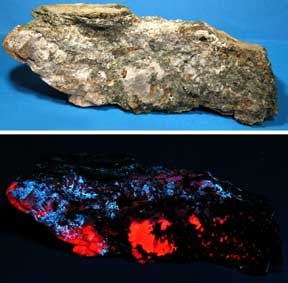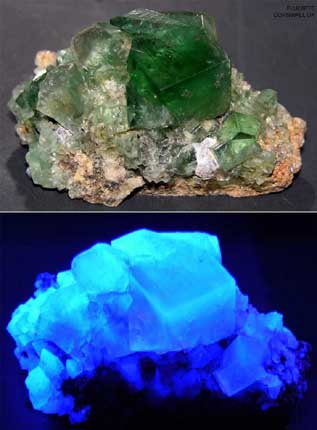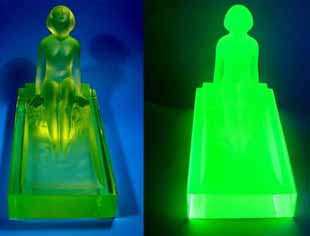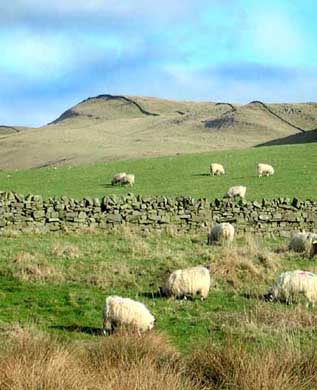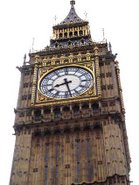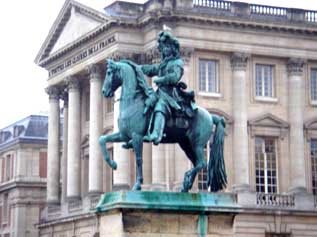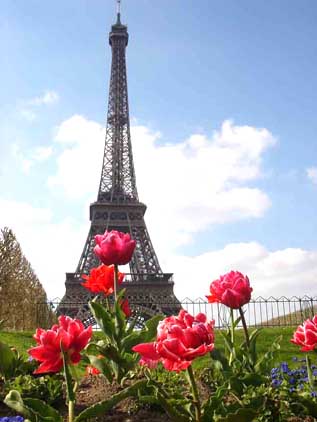Hueco Tanks

There are many thousands of rock art sites in the desert southwest. There are 7,564 rock art sites known to exist only in the state of Utah. Within roughly 100 miles of El Paso there are at least at least 6 well documented locations, some of them containing thousands of different engravings (petroglyphs) such as the Three Rivers State Park north of El Paso.
Roughly 15 miles East of my house in El Paso there is a magical and interesting outcrop of rocks named Hueco Tanks. It originally was formed about 34 million years ago when magma pushed up from deep in the earth but did not quite reach the surface. Over the years the limestone above it eroded away, leaving the massive rock formation we see today. These rocks now rise above the Chihuahuan desert as sort of an oasis of abundant water, relic plant life, and an excellent collection of native Indian rock art which records the history of the local native peoples over thousands of years.
Indian rock art which records the history of the local native peoples over thousands of years.
Rainwater is trapped in numerous “tanks” or holes in the rocks, so that even in the driest of times there is water available.

About 10,000 years ago the most recent ice age ended and the climate began to warmer and get drier. Archaic hunter-gatherers passed through because of the availability of this water and the abundant game. They recorded their visits by painting geometric designs and hunting scenes on the rocks.

They employed petroglyphs whereby the weathered surface of the rock is scraped, abraded, or chipped away; and also painted pictographs whereby the rock is actually painted using powered minerals, charcoal, plant substances, and blood. It is thought that some of the petroglyphs were originally painted too. The petroglyphs last many years even when they are exposed to the harsh high desert sun, but most of the paintings (pictographs) which are still visible are under protected rock outcrops or in caves.
This rock art continued into the middle ages with the Jornada Mogollon people. By 1150 this group of people had built a cluster of pithouse structures at Hueco Tanks. They left behind pottery shards, stone tools and painted face designs with masks on them. There are more than 200 of these painted masks making this the largest collection on painted masks in North America.

Even after the Spanish arrived in the new world, the Kiowa, Mescalero Apache, and Tigua Native Americans continued to use Hueco Tanks and record their heritage with rock art. They made handprints, dancing figures, horses, and humans in European style clothing.
As recently as a few hundred years ago there were native people who did not have a written language, or the knowledge and technology of metals (i.e. essentially stone age or Neolithic people) living and surviving off the land in this incredibly harsh high desert environment.
 Because of the availability of water, one of the relay stations for the Butterfield Overland Mail stage was located at Hueco Tanks in 1858.
Because of the availability of water, one of the relay stations for the Butterfield Overland Mail stage was located at Hueco Tanks in 1858.
Fortunately entry to this area is now limited, and it is protected from vandalism by the dedicated staff from the Texas State Parks. Only a limited number of people are allowed to enter, and before you can enter you must watch a well done video which tells about the history of the area and stresses both conservation and protection of the history.
tells about the history of the area and stresses both conservation and protection of the history.
Roughly 15 miles East of my house in El Paso there is a magical and interesting outcrop of rocks named Hueco Tanks. It originally was formed about 34 million years ago when magma pushed up from deep in the earth but did not quite reach the surface. Over the years the limestone above it eroded away, leaving the massive rock formation we see today. These rocks now rise above the Chihuahuan desert as sort of an oasis of abundant water, relic plant life, and an excellent collection of native
 Indian rock art which records the history of the local native peoples over thousands of years.
Indian rock art which records the history of the local native peoples over thousands of years.Rainwater is trapped in numerous “tanks” or holes in the rocks, so that even in the driest of times there is water available.

About 10,000 years ago the most recent ice age ended and the climate began to warmer and get drier. Archaic hunter-gatherers passed through because of the availability of this water and the abundant game. They recorded their visits by painting geometric designs and hunting scenes on the rocks.

They employed petroglyphs whereby the weathered surface of the rock is scraped, abraded, or chipped away; and also painted pictographs whereby the rock is actually painted using powered minerals, charcoal, plant substances, and blood. It is thought that some of the petroglyphs were originally painted too. The petroglyphs last many years even when they are exposed to the harsh high desert sun, but most of the paintings (pictographs) which are still visible are under protected rock outcrops or in caves.

This rock art continued into the middle ages with the Jornada Mogollon people. By 1150 this group of people had built a cluster of pithouse structures at Hueco Tanks. They left behind pottery shards, stone tools and painted face designs with masks on them. There are more than 200 of these painted masks making this the largest collection on painted masks in North America.

Even after the Spanish arrived in the new world, the Kiowa, Mescalero Apache, and Tigua Native Americans continued to use Hueco Tanks and record their heritage with rock art. They made handprints, dancing figures, horses, and humans in European style clothing.
As recently as a few hundred years ago there were native people who did not have a written language, or the knowledge and technology of metals (i.e. essentially stone age or Neolithic people) living and surviving off the land in this incredibly harsh high desert environment.
 Because of the availability of water, one of the relay stations for the Butterfield Overland Mail stage was located at Hueco Tanks in 1858.
Because of the availability of water, one of the relay stations for the Butterfield Overland Mail stage was located at Hueco Tanks in 1858.Fortunately entry to this area is now limited, and it is protected from vandalism by the dedicated staff from the Texas State Parks. Only a limited number of people are allowed to enter, and before you can enter you must watch a well done video which
 tells about the history of the area and stresses both conservation and protection of the history.
tells about the history of the area and stresses both conservation and protection of the history.




